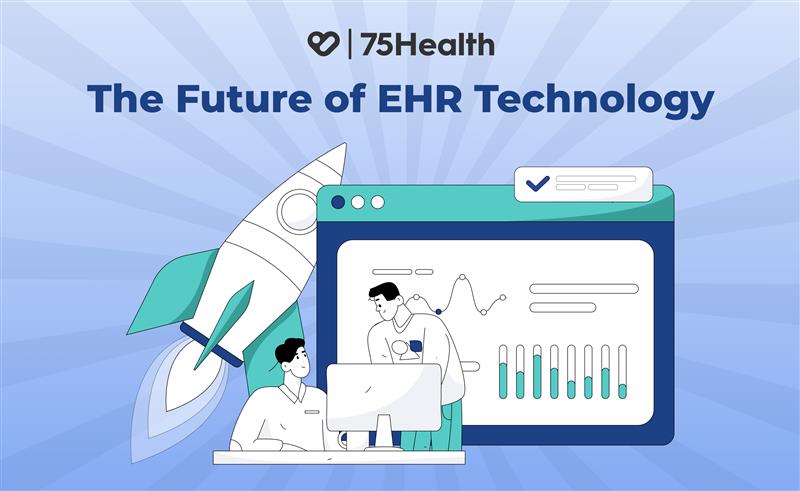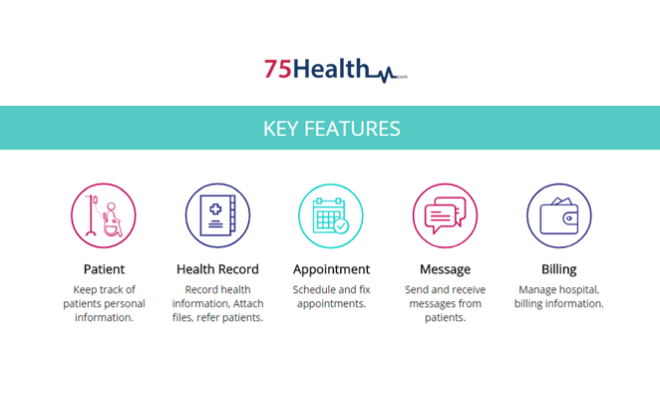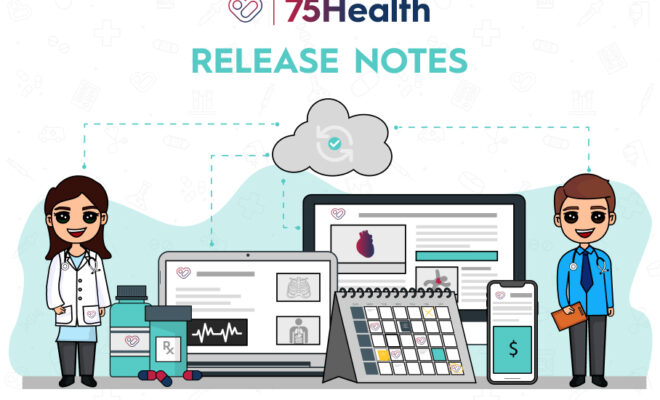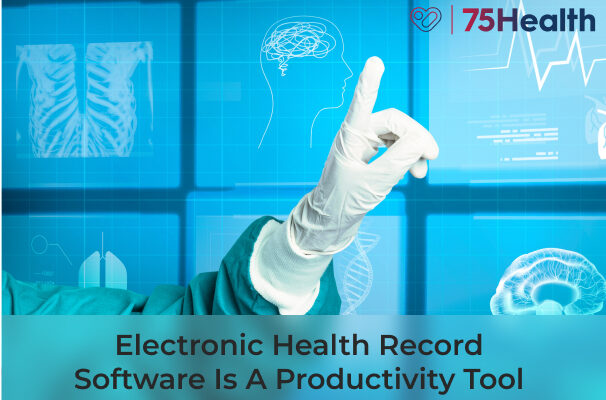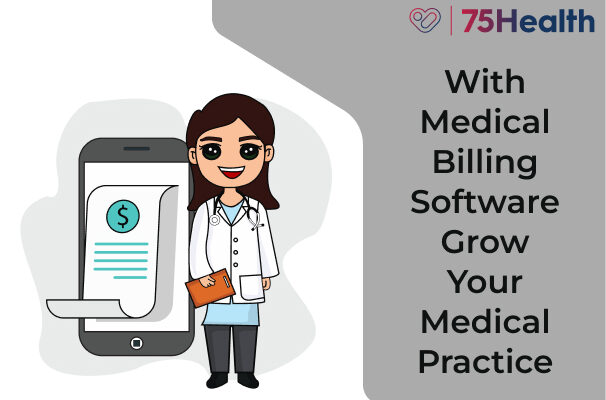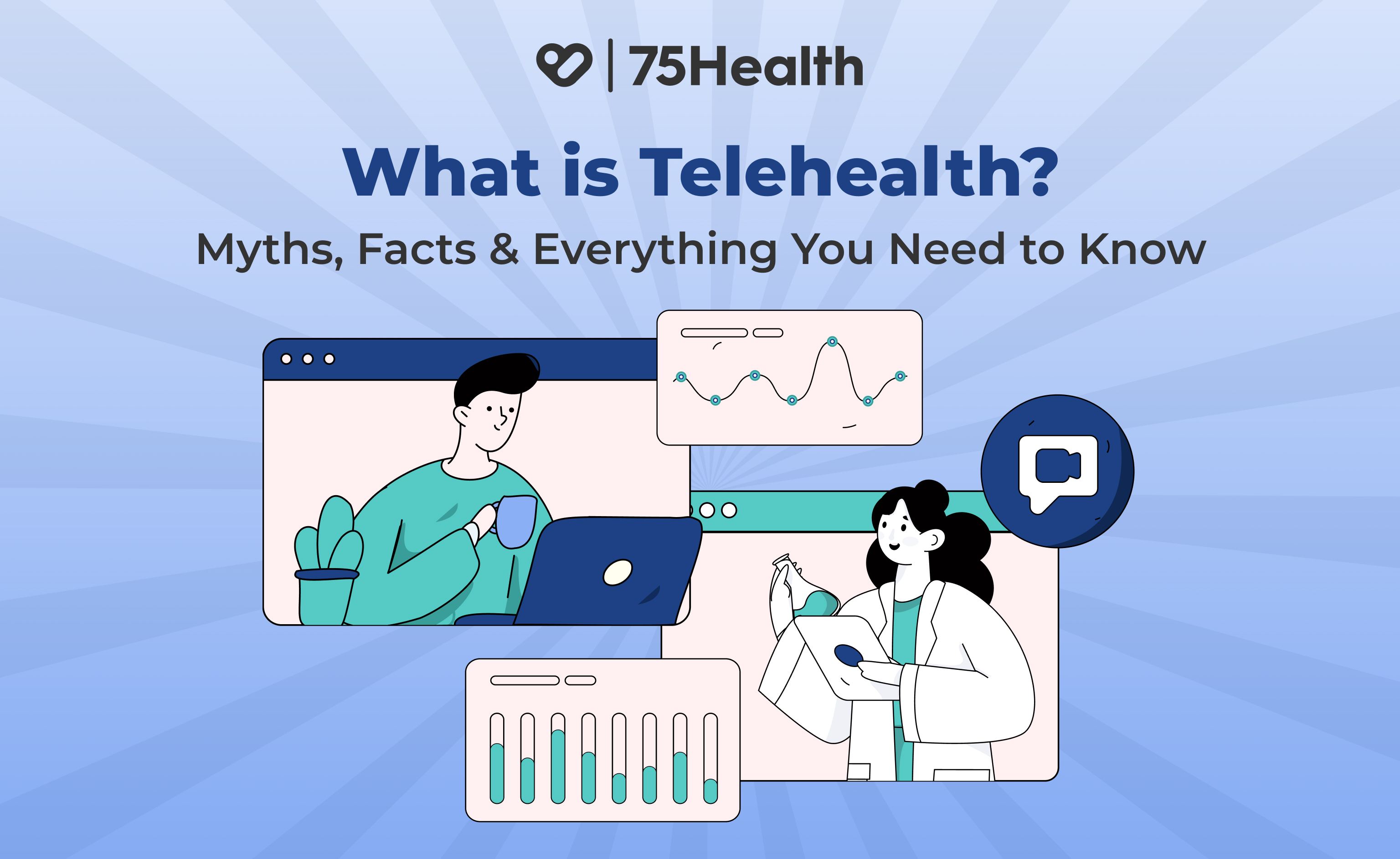Wearable Medical Devices & EHR Integration
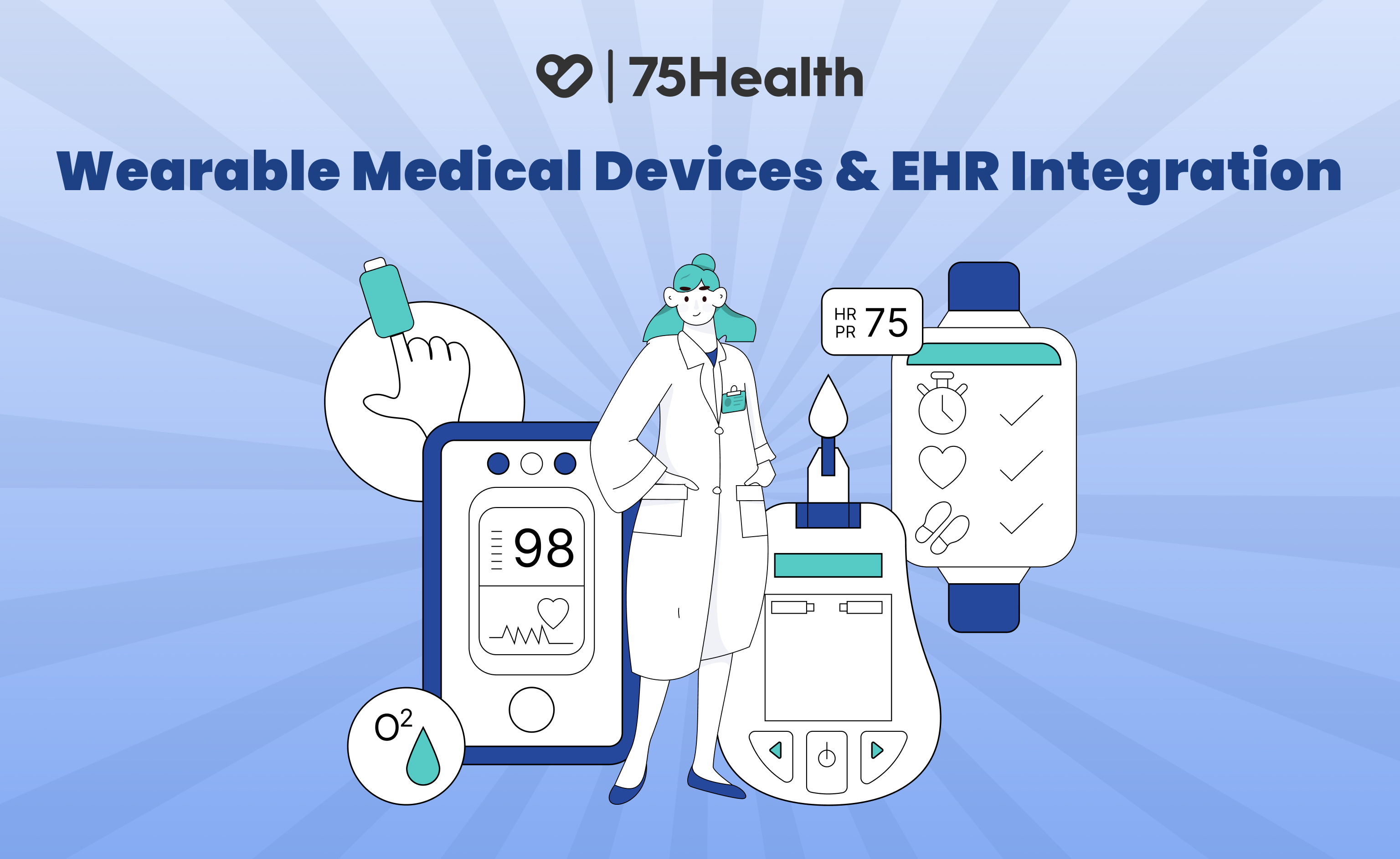
In this era of rapid change, health monitoring isn’t just a luxury, it’s a necessity. Everyone wants to stay on top of their health status, and rightly so!
As technology advances, we’re stepping into a world that’s both promising and challenging. On one side, medical breakthroughs and smarter health systems are making our lives easier. On the other, new diseases and health risks are emerging. Amidst all this, people are becoming more health-conscious than ever, actively tracking vitals, fitness levels, sleep patterns, and more.
But is it really possible to keep track of health metrics? The answer is YES.
With wearable medical devices integrated with Electronic Health Records (EHR), health tracking is no longer a distant dream. Whether it’s a smartwatch checking your heart rate or a fitness band tracking your sleep, the data flows directly into your electronic charting systems making real-time monitoring not just easy, but incredibly efficient.
In this blog, we’ll explore:
- What wearable devices bring to healthcare
- How they connect with EHR systems
- Why this integration is a disruptive innovation for both patients and providers
Let’s dive into the future of smarter, connected care where technology looks out for your health 24/7.
What is a wearable device in healthcare?
A wearable device (in the medical field) is a smart electronic gadget you wear on your body like on your wrist, chest, or even as a patch. These gadgets keep an eye on health-related metrics and gather real-time data such as:
- Heart rate
- Blood pressure
- Blood oxygen levels (SpO2)
- Sleep patterns
- Physical activity and steps
- ECG readings
- Temperature
- Blood glucose (in advanced devices)
These gadgets do more than just track fitness. When integrated with Electronic Health Records (EHR), doctors can see accurate current data about a patient’s health even when the patient isn’t at the clinic. This leads to better choices catching problems , and care that’s tailored to each person based on ongoing insights instead of just occasional check-ups.
How Wearable Devices Integrate With EHR
Benefits of Integrating Wearable Devices with EHR
Wearables connected to electronic medical record systems are transforming healthcare by making it smarter, faster, and more personalized. Here’s why it’s so impactful:
Continuous Tracking
Check your own health as often as you want with no waiting period.
Early Detection
Catch abnormalities early and prevent complications.
Personalized Care
Doctors use real-time data to personalize treatments just for you.
Empowered Patients
Analyze your health trends, set goals and connect with information.
Data-Driven Decisions
The more you know, the better the outcome for patient and provider.
Conclusion
Integration of medical devices with electronic health records is not just a technical tendency, it is the future of connected, active healthcare. From tracking Vital in real time to enabling personal care and initial intervention, it strengthens both powerful combo patients and providers. As technology develops, embracing these innovations ensures better health results, clever decisions and more informed, health-conscious worlds.

